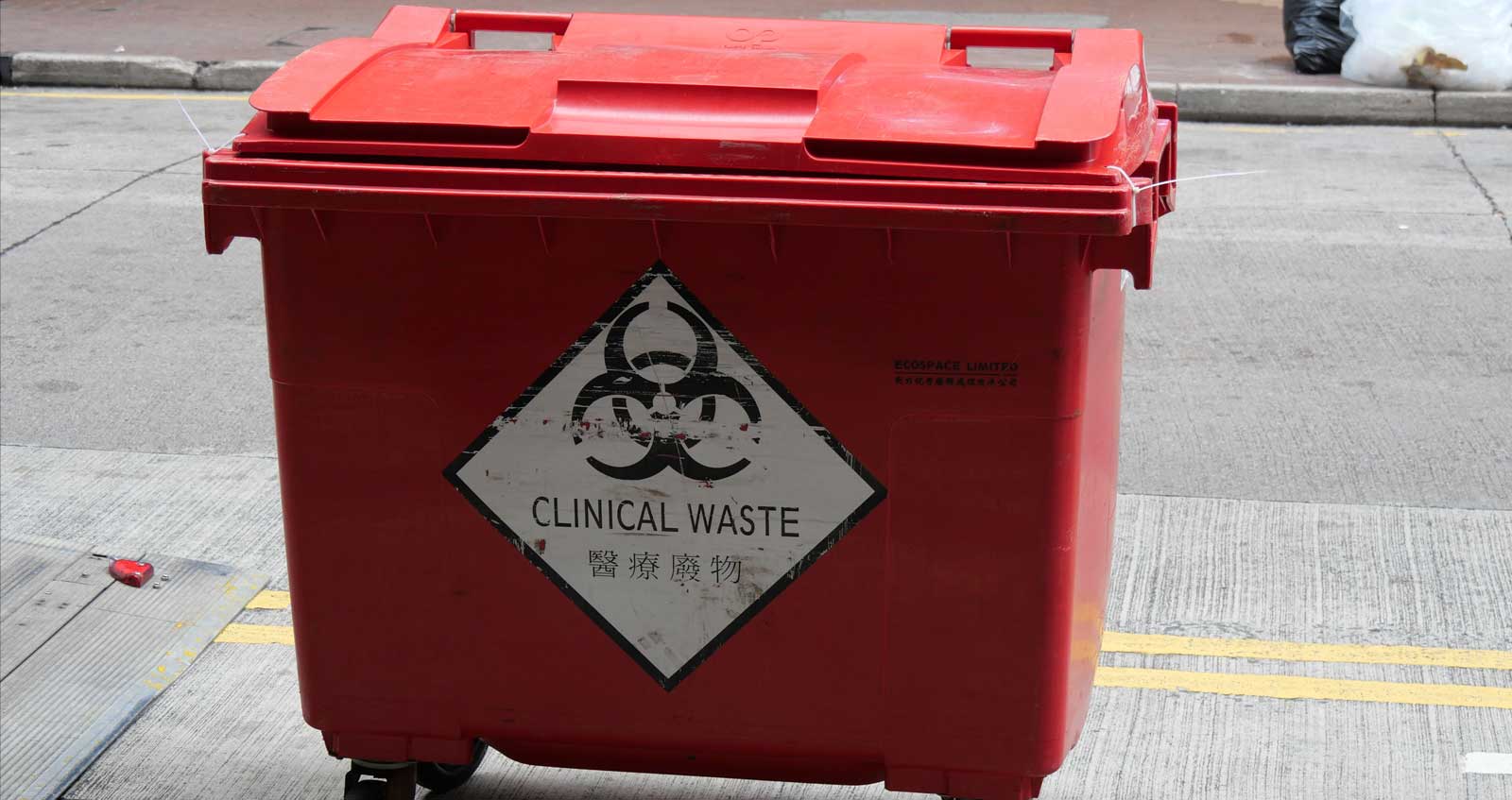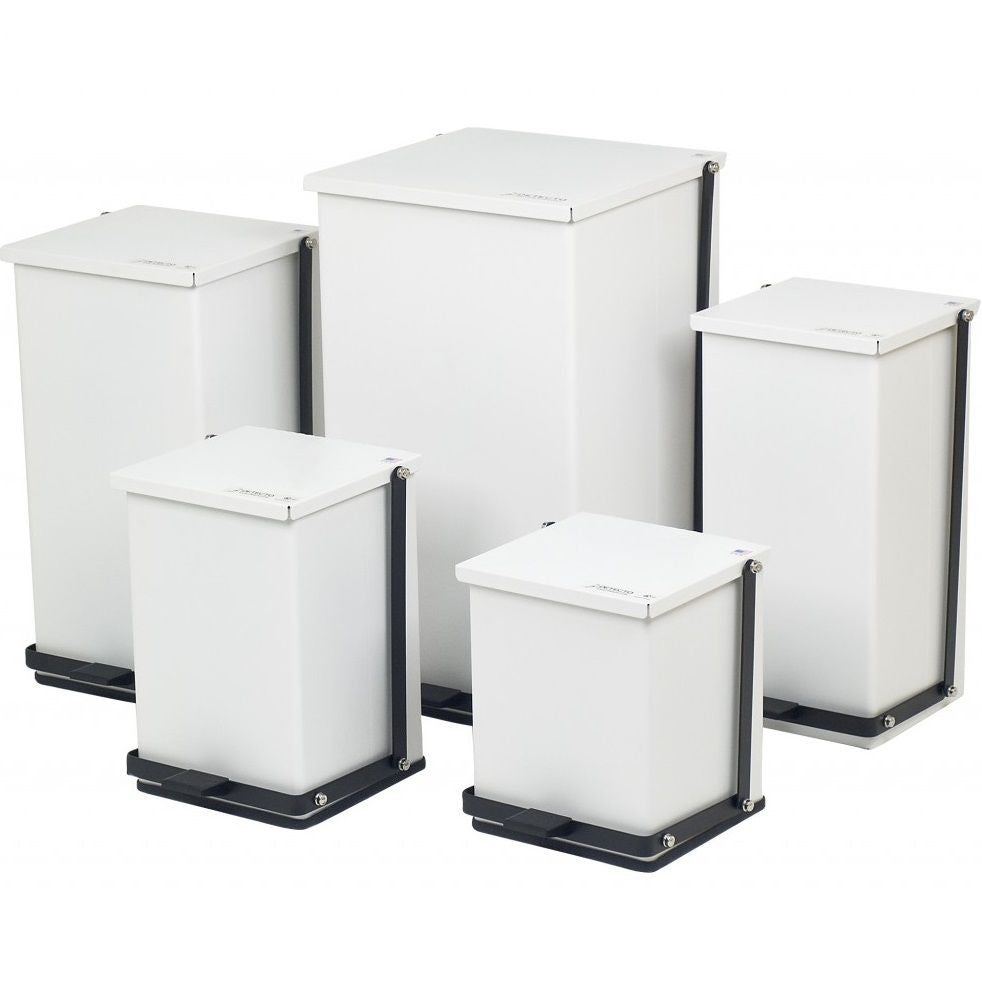Effective and Eco-friendly Medical Waste Disposal Solutions
In the ever-evolving area of medical care, the concern of medical waste disposal continues to be a topic of paramount importance. As hospitals, clinics, and other healthcare centers aim to supply top quality patient treatment, they have to likewise address the difficulty of effectively and sensibly disposing of their waste.
Waste Partition Practices
Reliable waste segregation methods are necessary to ensure the appropriate and safe disposal of medical waste. Medical waste, which includes products infected with possibly transmittable compounds, have to be managed in a manner that minimizes the danger of damage to both public wellness and the atmosphere. Appropriate waste partition plays an important duty in accomplishing this objective.
Waste partition includes the splitting up of different kinds of waste based upon their qualities and potential risks. This procedure ensures that each type of waste is treated and thrown away suitably (medical waste disposal services with WasteX). It starts at the point of generation, where medical care centers should have assigned bins and containers for different waste groups, such as sharps, infectious waste, pharmaceutical waste, and non-hazardous waste
By segregating medical waste at the source, doctor can stop cross-contamination and decrease the threat of exposure to transmittable representatives. This method additionally helps with the recycling and recuperation of certain products. As an example, setting apart and recycling tidy plastics and glass lowers the demand for basic materials and reduces the environmental influence of medical garbage disposal.

Autoclaving and Sterilization Methods
In order to make sure the safe and proper disposal of clinical waste following efficient waste segregation methods, healthcare facilities have to employ autoclaving and sterilization techniques. Autoclaving is an extensively made use of method that utilizes high-pressure vapor to decontaminate clinical waste. This procedure entails putting the waste in a chamber and subjecting it to a combination of heat and stress, which effectively eliminates microbes and provides the waste risk-free for disposal. Autoclaving is especially reliable in decontaminating items such as medical tools, lab equipment, and certain kinds of clinical waste that can withstand high temperature levels. medical waste disposal services with WasteX.
Another typically used sanitation strategy is chemical sanitation. This involves treating the waste with chemicals such as ethylene oxide or hydrogen peroxide, which kill bacteria by disrupting their cellular structure. Chemical sanitation is usually made use of for heat-sensitive things or products that can not withstand the heats of autoclaving. It is vital to note that chemical sanitation needs proper handling and disposal of the chemicals utilized, as they can be dangerous to human wellness and the environment if not handled appropriately.
On-Site Waste Treatment Systems
Health care facilities have actually executed on-site waste therapy systems to deal with the disposal of medical waste in a risk-free and effective way. These systems supply a economical and hassle-free remedy for handling medical waste produced within the facility. On-site waste therapy systems utilize various technologies to treat and get rid of of medical waste on-site, lessening the demand for transportation to off-site facilities.
One commonly made use of on-site waste therapy system is the microwave modern technology. This innovation utilizes microwave energy to decontaminate and decontaminate medical waste, decreasing its quantity and providing it secure for disposal. An additional system is the chemical sanitation technology, which includes treating medical waste with chemicals to eliminate pathogens and reduce its unsafe nature. This method is particularly reliable for liquid medical waste.
They eliminate the risk of medical waste being mishandled during transport, minimizing the possibility for contamination and direct exposure to unsafe materials. On-site treatment systems reduce the total environmental impact of clinical waste by decreasing transport and the need for land fill room.
Recycling and Repurposing Efforts
As healthcare facilities pursue sustainable waste management methods, they are significantly discovering recycling and repurposing campaigns as a way of lowering the ecological effect of medical waste. Reusing and repurposing campaigns include discovering ingenious ways to reuse or transform medical waste into brand-new items or materials. This not only helps to reduce the volume of waste that winds up in important link burners or garbage dumps but also reduces the intake of resources and energy needed for making new items.
One example of recycling in the medical care market is the reprocessing of single-use medical devices. These tools, such as medical instruments or catheters, are generally thrown out after a single use. Innovations in innovation and stringent sanitation processes have made it possible to safely tidy, disinfect, and reuse these tools several times. This not why not check here just minimizes the quantity of waste produced but likewise saves medical care facilities substantial costs connected with purchasing brand-new tools.
An additional reusing effort includes the recycling of plastic containers, such as medication containers or syringe housings. These containers can be gathered, arranged, and sent to reusing facilities where they are refined, thawed down, and changed into new plastic items. This helps to save resources and reduce the demand for virgin plastic manufacturing.
Along with reusing, repurposing campaigns entail finding alternative usages for medical waste. As an example, shredded paper waste from clinical records or packaging materials can be repurposed as bedding product for animals or as insulation material (medical waste removal). In a similar way, natural waste such as food scraps from medical care centers can be composted and Full Article made use of as plant food in yards or agricultural fields.

Renewable Power Solutions
One effective technique to minimizing the ecological effect of health care operations involves implementing sustainable energy solutions. Health care facilities, such as healthcare facilities and centers, eat substantial amounts of energy for numerous objectives, including illumination, home heating, air conditioning, and operating medical equipment. By transitioning to renewable resource sources, these centers can substantially decrease their carbon footprint and add to a much more sustainable future.

Executing sustainable power solutions in healthcare centers not only decreases greenhouse gas discharges yet additionally offers long-lasting expense financial savings. While the initial financial investment in renewable energy infrastructure may be higher, the long-lasting operational prices of renewable resource systems are considerably lower compared to typical fossil fuel-based energy sources. Furthermore, sustainable energy systems are trusted and can provide a uninterrupted and stable power supply, guaranteeing constant healthcare services even throughout power interruptions or emergencies.
Conclusion
To conclude, carrying out effective and ecologically friendly medical garbage disposal remedies is crucial for keeping a lasting health care system. By embracing waste segregation methods, autoclaving and sanitation strategies, on-site waste therapy systems, reusing and repurposing efforts, and renewable resource remedies, medical care facilities can considerably reduce their ecological effect. These steps not only protect the setting yet additionally advertise public health and wellness and security. Therefore, it is important for healthcare companies to prioritize the implementation of these sustainable waste disposal techniques.
It starts at the point of generation, where health care centers ought to have assigned containers and containers for various waste categories, such as sharps, contagious waste, pharmaceutical waste, and non-hazardous waste.
In order to ensure the risk-free and correct disposal of medical waste complying with reliable waste segregation practices, health care centers must use autoclaving and sterilization methods.Medical care centers have actually implemented on-site waste treatment systems to attend to the disposal of medical waste in a efficient and safe way. On-site waste therapy systems make use of numerous technologies to treat and get rid of of clinical waste on-site, minimizing the need for transportation to off-site centers.
As medical care facilities strive for sustainable waste management methods, they are progressively discovering recycling and repurposing campaigns as a method of lowering the ecological influence of clinical waste. - medical waste removal near me